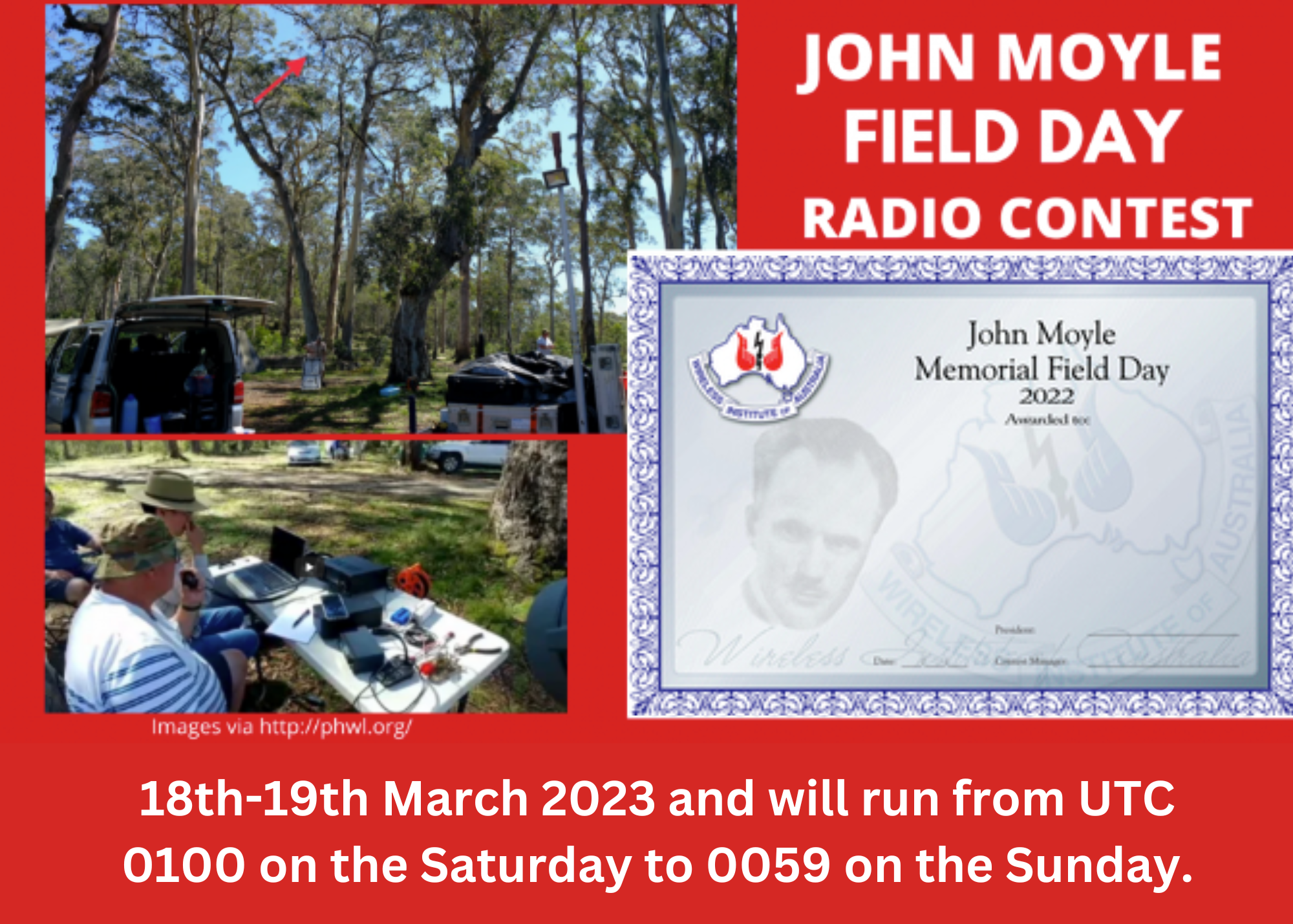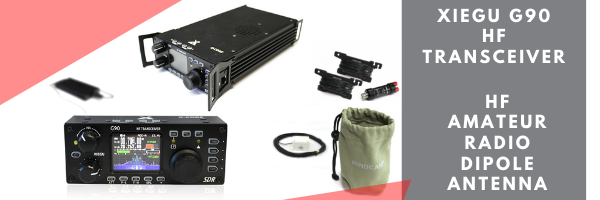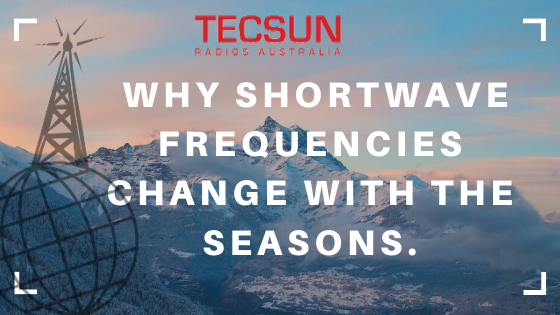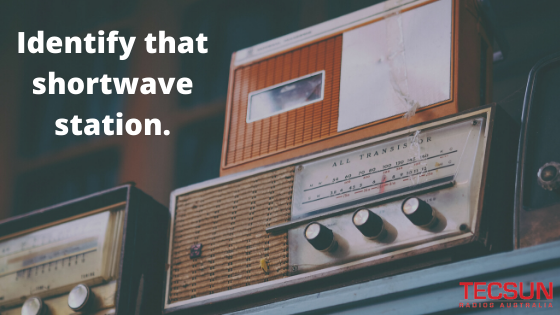 Image source here
Image source here
The next Field Day will be held over the weekend of the 18th-19th March 2023 and will run from UTC 0100 on the Saturday to 0059 on the Sunday.
The John Moyle Field Day Radio contest is held in honour of the late John Moyle, an engineer, music and art lover and a long term editor at the Wireless Weekly, Australia’s first news-stand wireless magazine (not counting the AWA monthly), published in 1922 which later became, Radio & Hobbies – later Radio Television & Hobbies) magazine from 1947- 1960.
During his service in the RAAF during WWII, he was responsible for keeping radio and radar equipment working using innovative solutions during very difficult war time conditions.
The WIA decided to dedicate a long term memorial to John Moyle in the form of an annual Field Day with a focus on portable or field operation.
Over the years the contest has evolved to not only include portable or field operators but also include home stations who may also take part using a different scoring system.
A fantastic radio to use for the HF part of the contest is the Xiegu G90. This unit is portable and can be run off your car battery.
The HF amateur radio dipole Antenna covers the popular 5/7/10/14/18/21/24/28 and 50Mhz bands. The antenna is rated at 100Watts PEP power handling capability and is supplied in a convenient canvas carry bag.
The antenna comprises a 1:1 balun and 2 bobbins containing the appropriate amount of wire to cover the specified bands.

Contestants can enter for either 6 hours or 24 hours.
The Xiegu G90 is the ideal transceiver for the HF part of this contest. For those who are not amateurs this is the ideal weekend to listen to amateur radio in action and to evaluate antennas etc.
The aim of the contest is to score the most points, by making as many contacts as possible.
On the HF bands, 2 points are earned per contact. Other points scales apply to VHF/UHF, dependant on the distance over which the contact is achieved.
The contest is open to all VK, ZL and P2 stations. All other stations are welcome to participate, but can only claim points for contacts with VK, ZL, and P2 stations. All VK, ZL, and P2 stations can claim points for all contacts, with any station in the world, as long as valid serial numbers are exchanged.
The contest rules ensure more logs are submitted, by requiring that if any station works the same station a total of more than 10 times on any band or on any mode then the logs from both stations should be submitted to verify those contacts.
Single operator portable entries shall consist of ONE choice from each of the following (e.g. 6 hour, phone, VHF/UHF):
a 24 or 6 hour;
b Phone, CW, Digital or All modes;
c HF, VHF/UHF or All Bands.
Multi-operator portable entries shall consist of ONE choice from each of the following (e.g. 24 hour, phone, VHF/UHF):
a 24 or 6 hour;
b Phone, CW, Digital, or All modes;
c HF, VHF/UHF or All Bands.
Home entries shall consist of ONE choice from each of the following (e.g. 24 hour, phone, VHF/UHF):
a 24 or 6 hour;
b Phone, All modes;
c HF, VHF/UHF or All Bands.
Multi operator stations are not permitted in the Home Category.
If any Station works the same station more than 10 times in total using any band and, or using any mode, they should submit their own log to verify those contacts for the other station.
For full information about the contest, contest history, rules and definitions please head to the Wireless Institute of Australia website.





